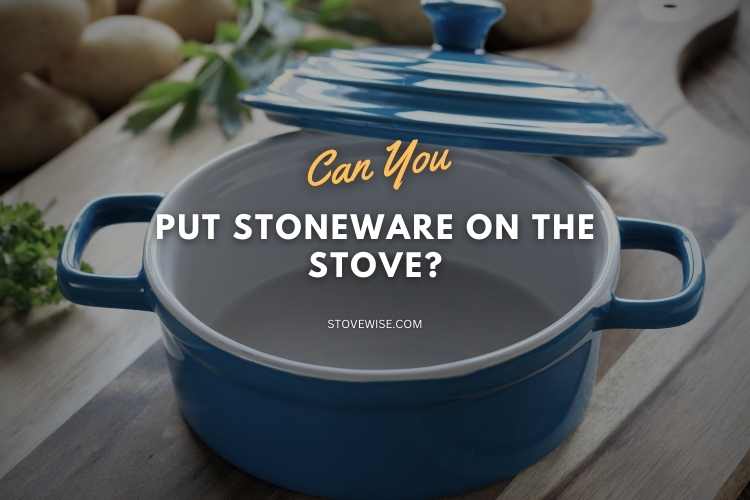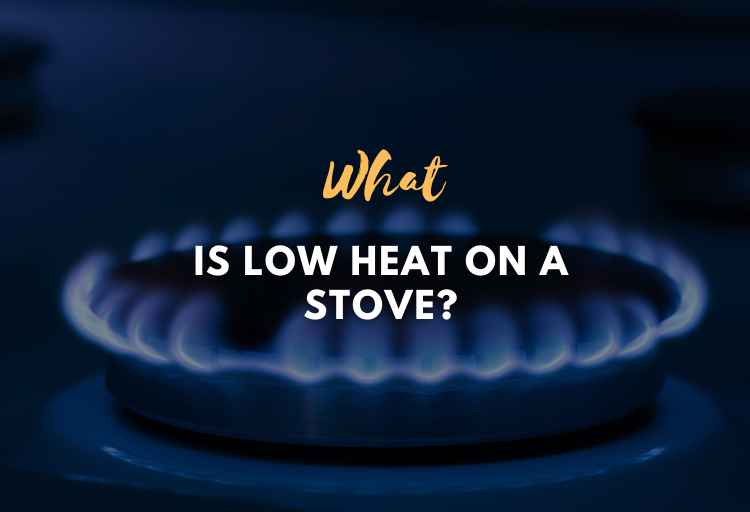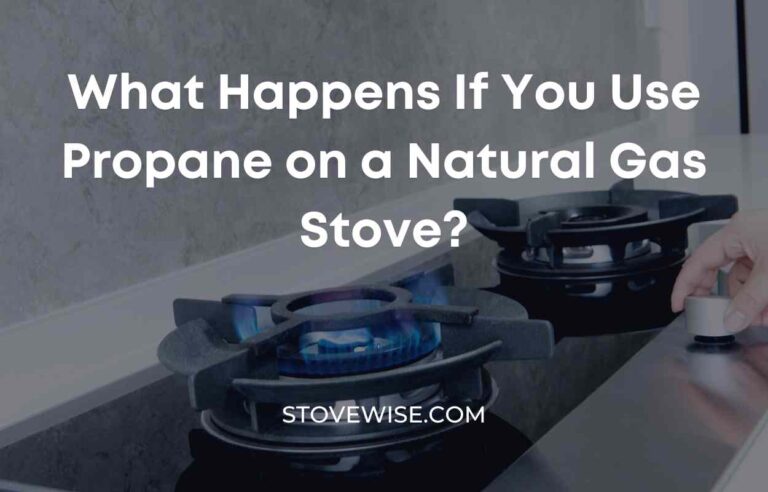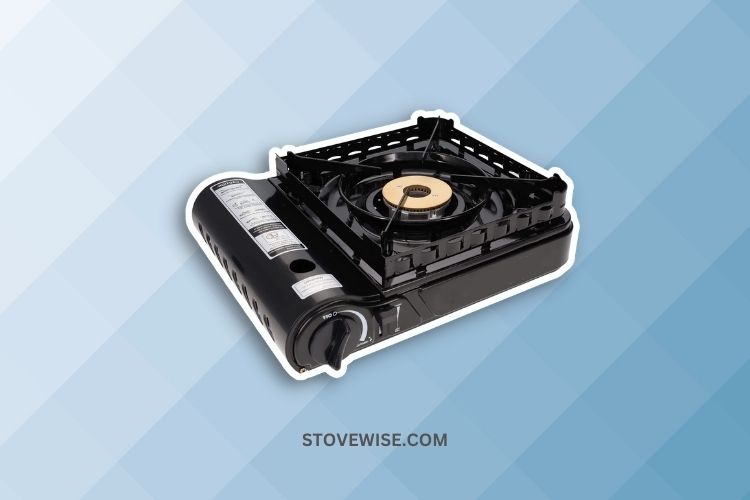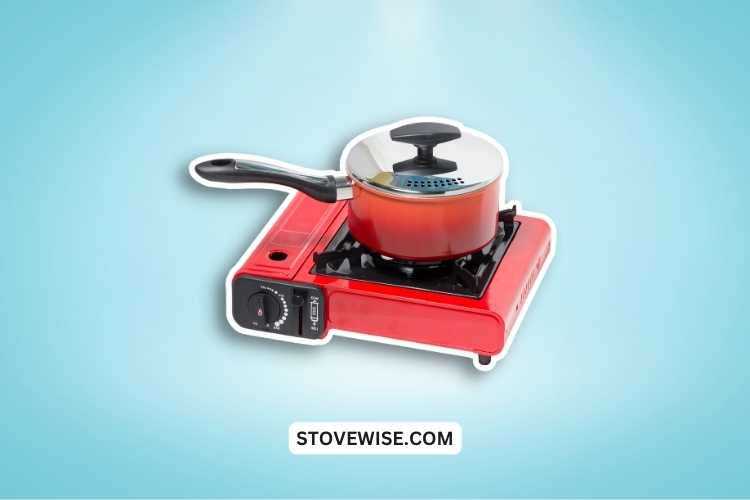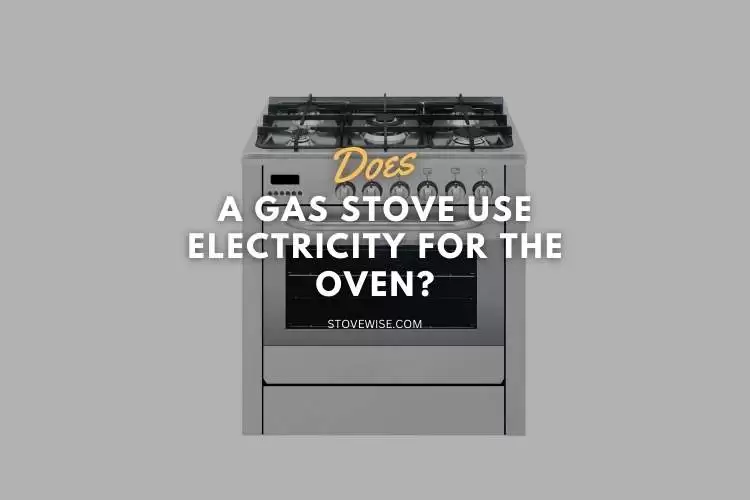What Temperature Is Simmer On Electric Stove?
As a home cook, I’ve come to appreciate the power of simmering. It’s a technique that not only elevates the flavors and textures of various dishes but also allows me to fully immerse myself in the culinary process.
So, what temperature is simmering on electric Stove?
Quick Answer
The simmering temperature is typically between 185°F and 205°F (85°C and 96°C). However, determining the exact temperature of an electric stove can be a bit tricky, as most stoves don’t have built-in thermometers.
To measure the simmering temperature, consider using an instant-read thermometer or a candy thermometer.
If you’re new to simmering or unsure how to achieve it on your electric stove, this comprehensive guide will help you master the art of simmering in no time.
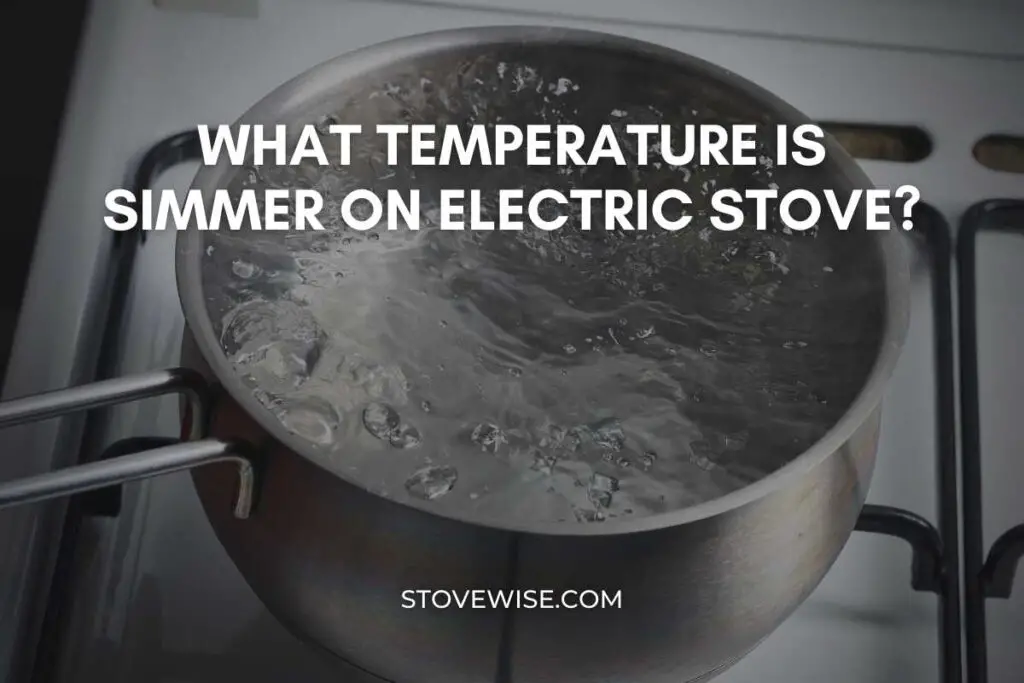
Contents
- What is Simmering on an Electric Stove?
- What Does “Bring to a Simmer” Mean When Cooking?
- Difference Between Simmering and Boiling
- Is Simmer Low or Medium Heat?
- What Temperature Is Simmer on an Electric Stove?
- What Setting Is Simmer on an Electric Stove?
- What Number Is Simmer on Various Electric Stoves?
- Adjusting Simmer Settings for Different Recipes
- How Do You Simmer on an Electric Stove Top?
- What Oven Temperature Is the Same as Simmering on a Stove?
- Conclusion
What is Simmering on an Electric Stove?
Simmering is a cooking technique where the liquid is heated just below the boiling point, typically between 185°F and 200°F (85°C and 96°C).
At this temperature range, you’ll notice small bubbles gently breaking the surface of the liquid.
Simmering is perfect for cooking foods like soups, stews, and sauces, as it allows flavors to meld and develop over time without overcooking or evaporating the liquid too quickly.
What Does “Bring to a Simmer” Mean When Cooking?
When a recipe instructs you to “bring to a simmer,” it’s asking you to heat the liquid until it reaches the simmering temperature.
- To do this, start by heating the liquid on medium heat. As the liquid warms up, you’ll notice steam forming and bubbles starting to appear.
- Once you see small, gentle bubbles consistently breaking the surface, you’ve reached a simmer.
- At this point, you’ll want to adjust the heat as needed to maintain this gentle bubbling.
Difference Between Simmering and Boiling
Simmering and boiling are both cooking techniques that involve heating a liquid. However, they occur at different temperature ranges and serve distinct purposes in cooking, affecting the food’s texture, flavor, and cooking time.
Here’s a detailed comparison between simmering and boiling:
1. Temperature
Simmering occurs at a temperature just below the boiling point, typically between 185°F and 205°F. The lower temperature range results in a gentler cooking process.
Boiling takes place at the boiling point, which is 212°F (100°C) at sea level. The higher temperature causes the cooking process to be more vigorous.
2. Visual Cues
During simmering, small bubbles gently and consistently break the surface of the liquid. The liquid may also release steam slowly.
When boiling, the liquid produces large, rapid, and continuous bubbles. There is also a significant amount of steam released.
3. Cooking Purpose
Simmering is ideal for dishes that require a longer cooking time or delicate ingredients, as the lower temperature allows flavors to meld and develop without overcooking the food or evaporating the liquid too quickly. Examples include soups, stews, sauces, and braises.
Boiling is best for quick-cooking ingredients or those that need a higher temperature to cook thoroughly. Examples include pasta, vegetables, and grains.
4. Effects on Food Texture and Flavor
Simmering gently cooks the food, which helps maintain its structure, tenderness, and moisture. It also allows flavors to develop and infuse the dish over time.
Boiling cooks food more quickly, but it can also cause the ingredients to break apart or become mushy if not monitored closely. Boiling is less effective at melding flavors compared to simmering.
Is Simmer Low or Medium Heat?
The heat setting required to maintain a simmer on an electric stove will vary depending on the specific stove and the recipe you’re following.
In general, a simmer is achieved using low to medium-low heat. It’s essential to keep an eye on the liquid and adjust the heat accordingly to ensure a steady simmer throughout the cooking process.
The precise setting varies depending on the specific stove and recipe. To maintain a simmer, observe the liquid’s behavior, characterized by small, gentle bubbles breaking the surface consistently, and adjust the heat accordingly.
What Temperature Is Simmer on an Electric Stove?
Simmering on an electric stove occurs when a liquid is heated to a temperature just below its boiling point.
At this temperature range, small bubbles gently break the surface of the liquid, which is the key visual indicator that a simmer has been achieved.
Determining the exact temperature for simmering on an electric stove can be challenging, as most stoves do not have built-in thermometers or precise temperature markings on their dials.
To measure the simmering temperature, consider using an instant-read thermometer or a candy thermometer.
Place the thermometer in the liquid, ensuring that the probe doesn’t touch the bottom or sides of the pot, as this can lead to inaccurate readings.
What Setting Is Simmer on an Electric Stove?
The setting for simmering on an electric stove can vary depending on the design of the stove, the size of the burner, and the specific recipe you’re preparing. Generally, a simmer is achieved using a low to medium-low heat setting.
To find the simmer setting on your electric stove, follow these steps:
- Start by setting the dial to the middle of the low heat range. On a dial with numbers, this could range from 2 to 4, depending on the stove. Keep in mind that this is just a starting point and may require adjustment.
- Place your pot or pan on the burner, add the liquid and ingredients, and allow the liquid to heat up gradually.
- Observe the liquid as it warms up. When you see small, gentle bubbles consistently breaking the surface, you’ve reached a simmer. This is the temperature range of 180°F to 200°F (82°C to 93°C).
- Adjust the heat setting as needed to maintain a steady simmer throughout the cooking process. You may need to raise or lower the heat slightly based on the specific requirements of your recipe and the performance of your electric stove.
What Number Is Simmer on Various Electric Stoves?
Electric stove dials can be numbered differently, making it challenging to pinpoint the exact “simmer” setting across all stoves.
Here’s a general guideline for various dial ranges:
- Electric stove dials 1-10: Aim for a setting between 2 and 4.
- Electric stove dials 1-9: Try a setting between 2 and 3.
- Electric stove dials 1-8: Set the dial around 2. 4
- Electric stove dials 1-6: Opt for a setting between 1 and 2.
Remember, these numbers are just a starting point. Be prepared to make adjustments based on the behavior of the liquid and the needs of your specific recipe.
Adjusting Simmer Settings for Different Recipes
When simmering, it’s important to consider factors such as the size of the pot, the type of liquid, and the ingredients being cooked.
For example, cooking a large pot of soup may require a slightly higher heat setting than simmering a small saucepan of sauce.
Likewise, a dish with a thick, viscous liquid may need a higher heat setting to maintain a simmer compared to a dish with a thin, watery liquid.
As you cook, observe the liquid’s behavior and adjust the heat accordingly to maintain a steady simmer.
How Do You Simmer on an Electric Stove Top?
Achieving a simmer on an electric stove top is simple once you’ve identified the appropriate heat setting.
Here are the steps to follow:
- Set your burner to the appropriate heat setting, as discussed earlier.
- Place your pot or pan on the burner and add the liquid and ingredients.
- Allow the liquid to heat up gradually. Keep an eye on the pot as it warms up.
- Once small, gentle bubbles start to break the surface consistently, you’ve reached a simmer. Adjust the heat as needed to maintain this steady bubbling throughout the cooking process.
What Oven Temperature Is the Same as Simmering on a Stove?
Simmering in an oven is an excellent alternative to stovetop simmering, especially for dishes that require long, slow cooking times.
To achieve a simmer in an oven, set the temperature between 200°F and 225°F (93°C and 107°C).
Keep in mind that oven temperatures can vary, so you may need to make adjustments based on your oven’s performance.
Converting stovetop simmering to oven cooking requires a bit of experimentation, but here are some general tips:
- Transfer the dish from the stovetop to an oven-safe pot or dish with a lid.
- Preheat the oven to the appropriate simmering temperature.
- Place the covered pot or dish in the oven and allow it to cook, checking periodically to ensure the liquid is maintaining a gentle bubbling.
- Adjust the oven temperature as needed to maintain a steady simmer.
Conclusion
Mastering the art of simmering on an electric stove is an essential skill for any home cook.
By understanding the difference between simmering and boiling, learning the appropriate heat settings for your specific stove, and practicing simmering techniques, you’ll be well on your way to creating delicious, flavorful dishes.
As you become more comfortable with simmering, don’t be afraid to experiment with different recipes and techniques to further refine your skills.

